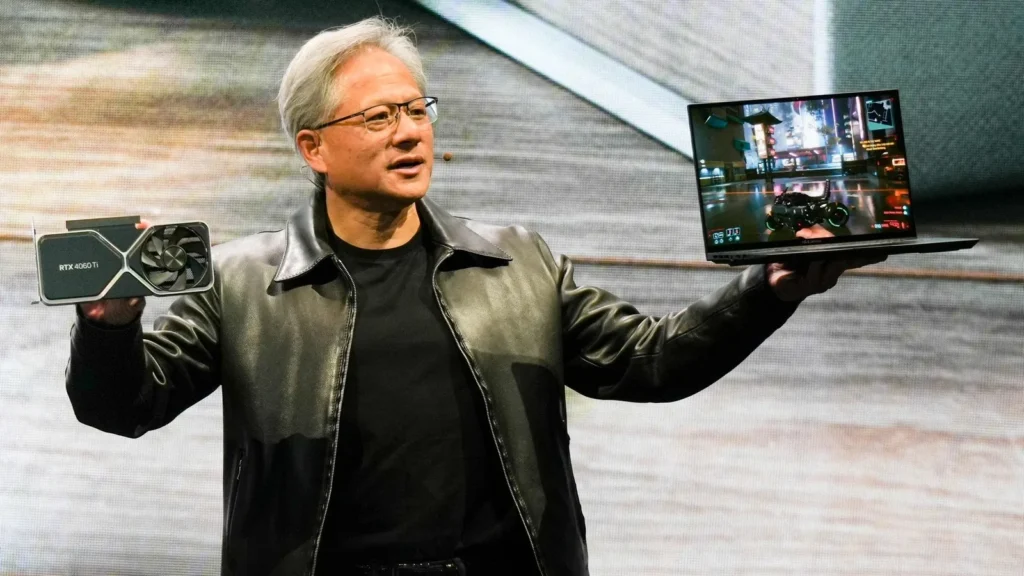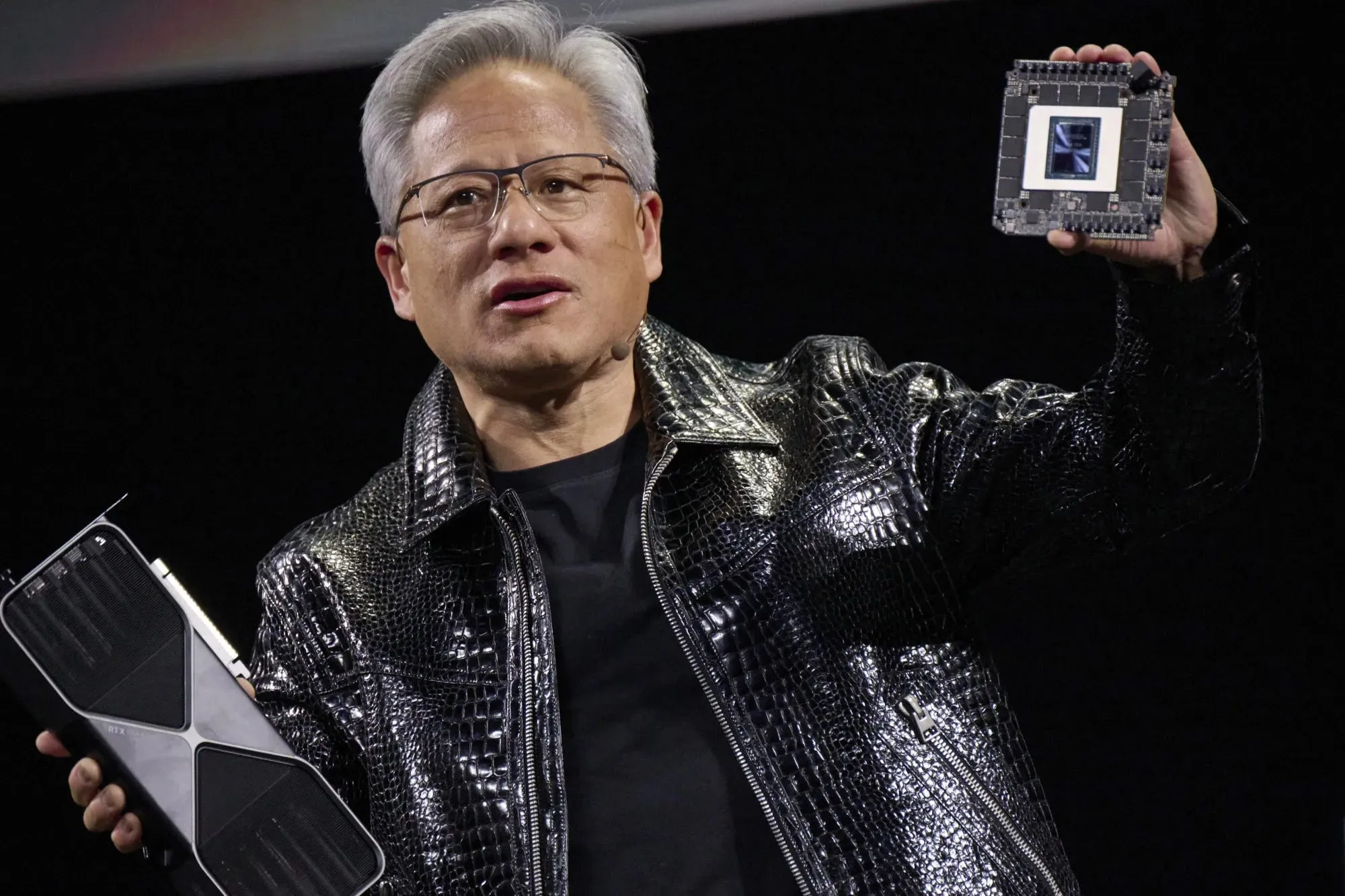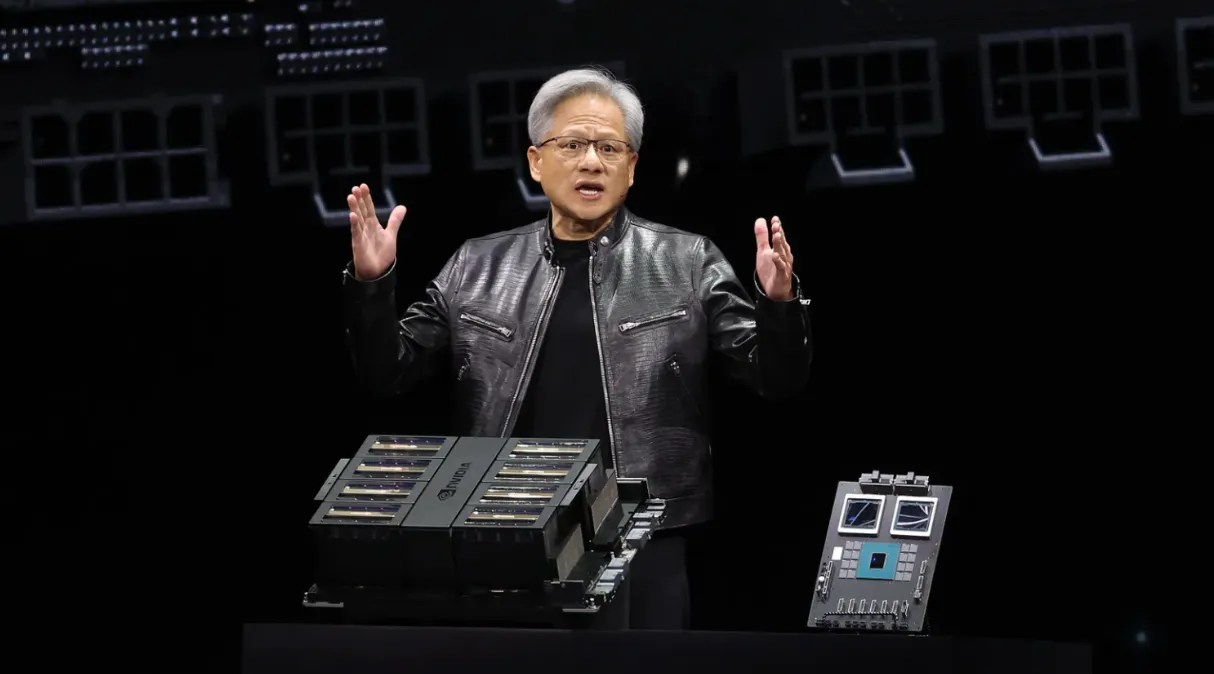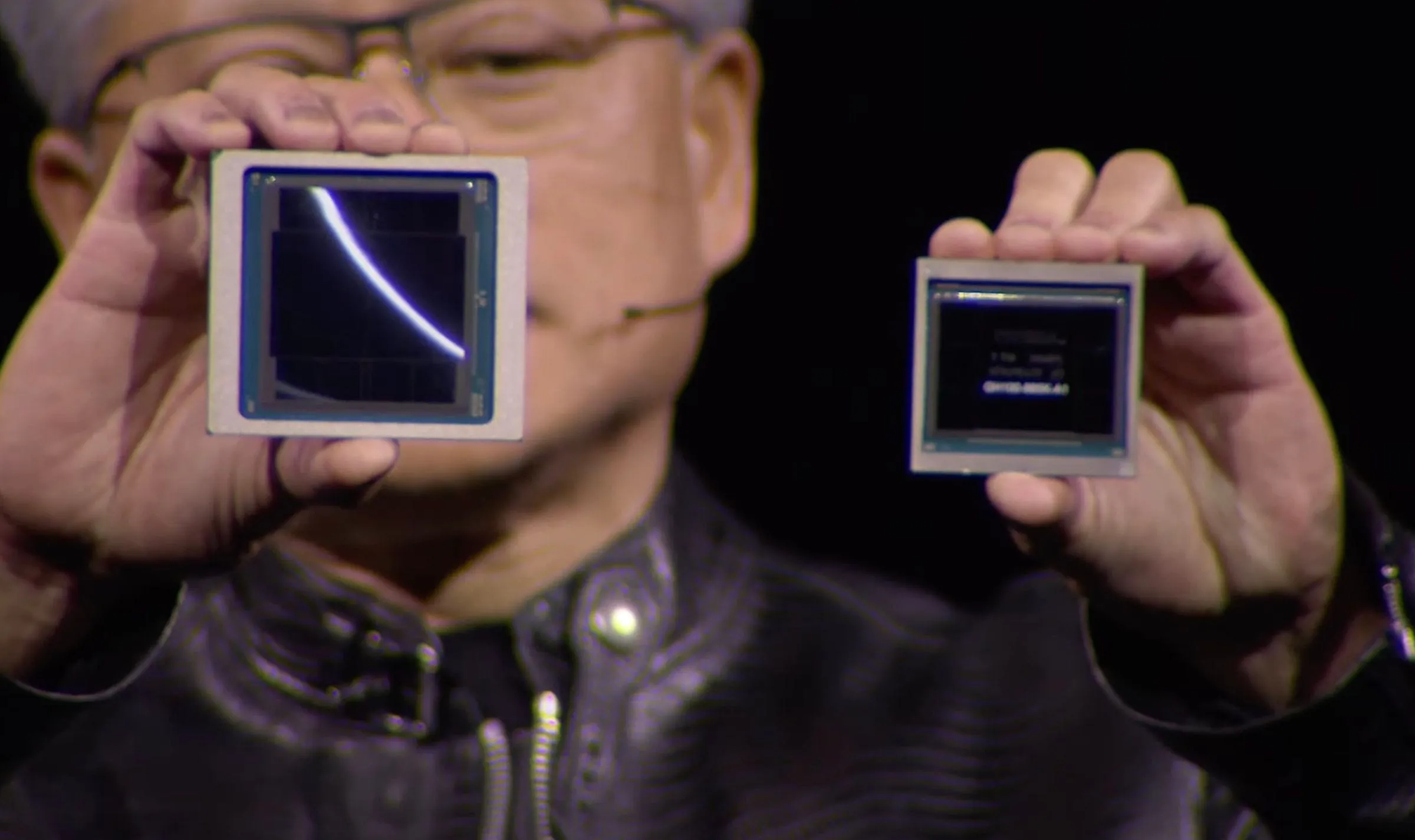
In a recent keynote at the Nvidia GPU Technology Conference (GTC) in San Jose, California, CEO Jensen Huang unveiled Nvidia’s strategic direction towards integrating optical technology into their networking chips, aiming to boost energy efficiency significantly. This move reflects a cautious yet forward-thinking approach to adopt optical tech—a promising new development in chip technology.

The Potential of Co-Packaged Optics
Co-packaged optics, which employ laser light beams to transmit information across fiber optic cables, present a potential revolution in chip connectivity. This technology promises not only faster connections but also superior energy efficiency compared to traditional copper cables. Despite these advantages, Nvidia has decided to limit its use to networking chips within switches atop their servers. According to Huang, these chips are expected to be three and a half times more energy efficient than their predecessors, marking a notable advancement in server technology.
Why Not GPUs? The Reliability of Copper
During a post-speech discussion, Huang highlighted the reason behind Nvidia’s decision to hold off on implementing this technology in their flagship GPU products. The current reliability of optical connections does not match that of traditional copper, which remains “orders of magnitude” more dependable. “That’s not worth it,” Huang remarked, underscoring the importance of reliability in their product development. This strategic decision shows Nvidia’s commitment to maintaining a stable and reliable product roadmap for key clients like OpenAI and Oracle, ensuring they can prepare effectively for future infrastructural expansions.

The Big Picture: Scaling Up for AI’s Demanding Future
Despite the gradual adoption in GPUs, the broader vision for optical technology remains integral to the future of AI computing. With AI systems requiring ever-increasing computing power, the shift towards more efficient technologies like co-packaged optics is inevitable. Silicon Valley entrepreneurs and investors are optimistic about this shift, believing it to be crucial for building larger, more powerful computers necessary for advanced AI applications.
Industry Perspectives and Future Outlook
Industry leaders such as Mark Wade, CEO of Ayar Labs—a startup backed by Nvidia—echo the sentiment about the inevitability of optical technology. He suggests that while the transition may not be immediate, with potential shifts occurring around 2028 or beyond, the industry will likely need to move away from copper to accommodate the escalating power demands in server racks. “Optics is the only technology that gets you off of that train,” Wade stated, highlighting the urgency of finding more sustainable solutions to the power challenges posed by current electrical connections.

As Nvidia plans to release its new switch chips later this year and into 2026, the tech community watches closely. The gradual but significant steps towards adopting co-packaged optics underscore a strategic approach to innovation—balancing cutting-edge technology with the practical demands of reliability and client readiness. This cautious yet optimistic pathway could well define the future landscape of AI infrastructure, steering the industry towards more sustainable and efficient computing solutions.
